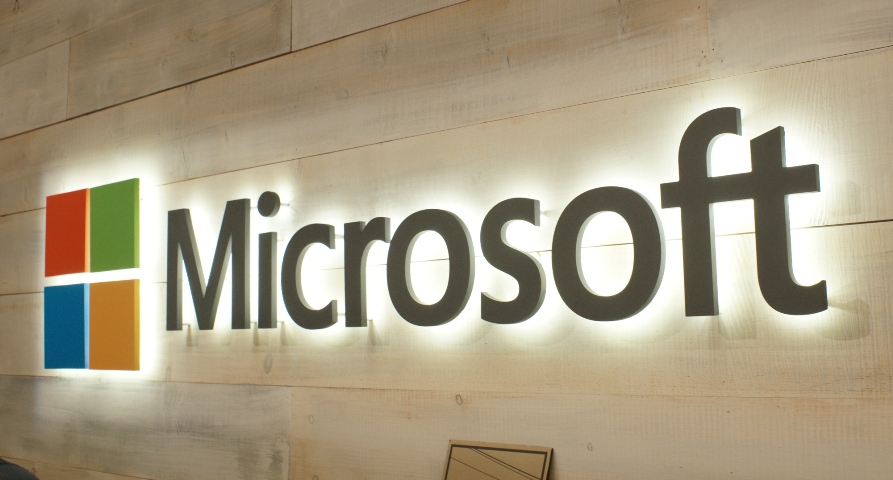End of Windows 8.1 in Sight
Extended support for the operating system will end in six months. Exchange Server 2013 is also really nearing its end.
Official support for Windows 8.1 has already been dropped in 2018 (that of Windows 8 in 2016) and later that year the Store was also closed for new apps. After that, Microsoft still issued security updates, but according to the now known timeline, they also disappear after five years.
On January 10, 2023, it is therefore really important to have switched to another system. There will then no longer be patches for the system and the software that runs on it, and technical support is no longer possible. Microsoft will also start sending reminders next month to those customers who are still using Windows 8.1.
But there aren’t many. Windows 8.1 was already one of the less well-received versions of the operating system. It followed in the footsteps of Windows 8, which came under fierce criticism for introducing a lot of changes at the same time, especially around mobile screens. According to the latest counts, it is still used on about 3.06 percent of devices. In comparison, Windows 10 is on 71.82% of computers.
This also explains why there will be no ‘extended security update’ for 8.1. Such an arrangement, whereby companies pay extra to run on their current system for a few more years, was made for the super popular Windows 7. Windows 8.1 will not get that.
The systems currently running on Windows 8.1 are probably not strong enough to handle Windows 11. Windows 10 is another option. Support for that will run until 2025 and although the official period in which you could switch from Windows 8 to 10 for free ended in 2016, there is a good chance that you can upgrade to free with a valid product key.
And while you’re upgrading: Microsoft will also start sending out reminders around the end of the term for Exchange Server 2013’s mail and calendar platform. They will start on April 11, 2023. General support for the server platform was also closed four years ago, in April 2018. Here are the options for upgrades to Exchange Server 2019 for systems that are strong enough, or Exchange Online, the cloud version of Exchange Server.


